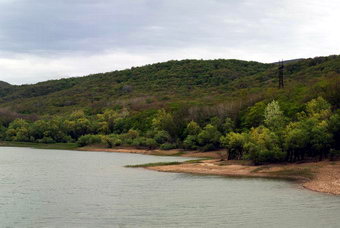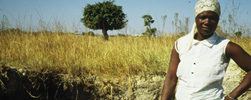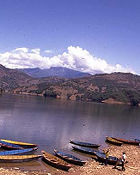Migration is considered one of the defining global issues of the early 21st century, as more and more people are on the move today than at any other point in human history.

The International Organization for Migration (IOM) estimates that now there are about 192 million people living outside their place of birth, which is about 3% of the world’s population. From these migrants, there are at least 25 million environmental refugees.
Read more





